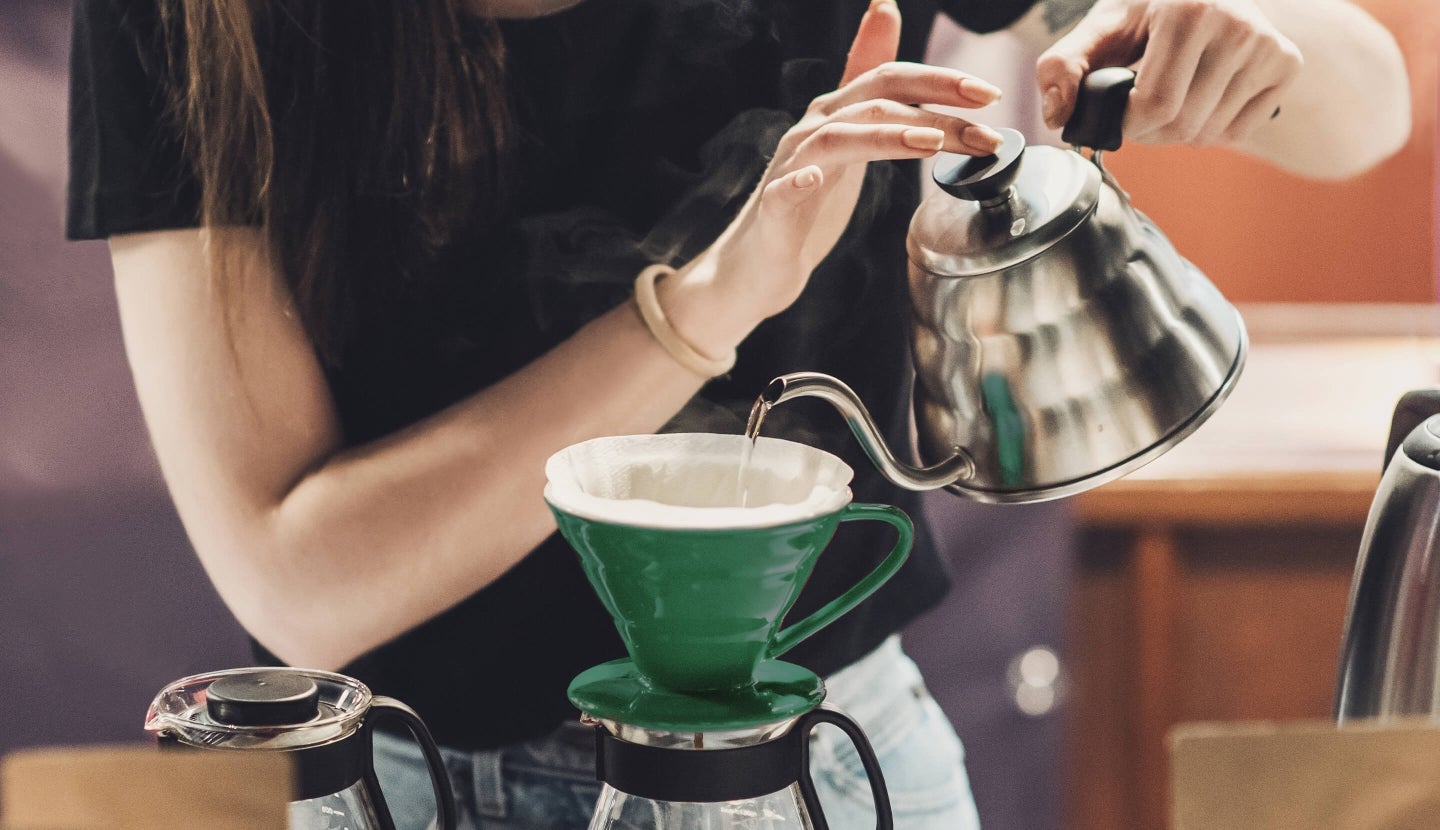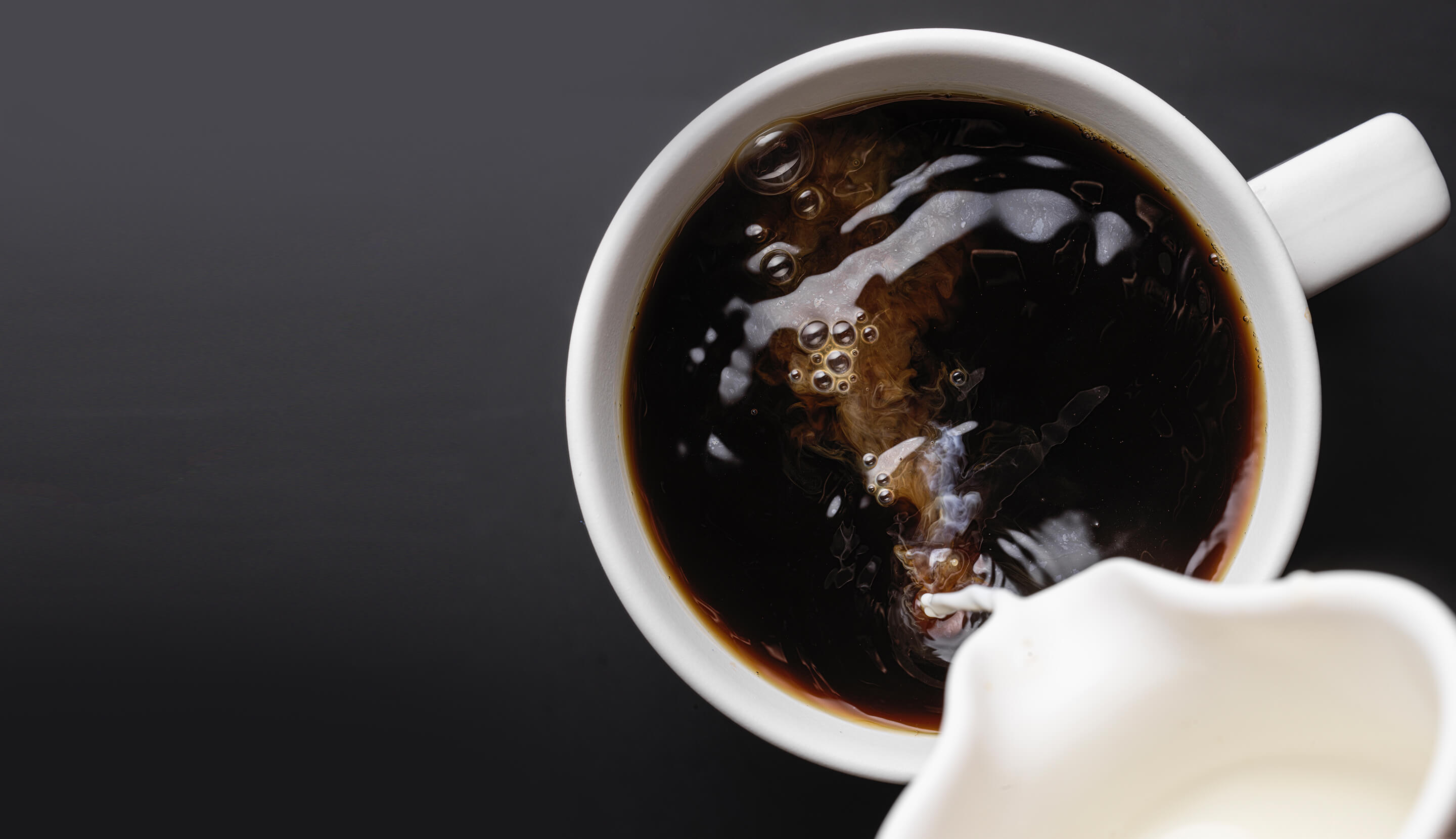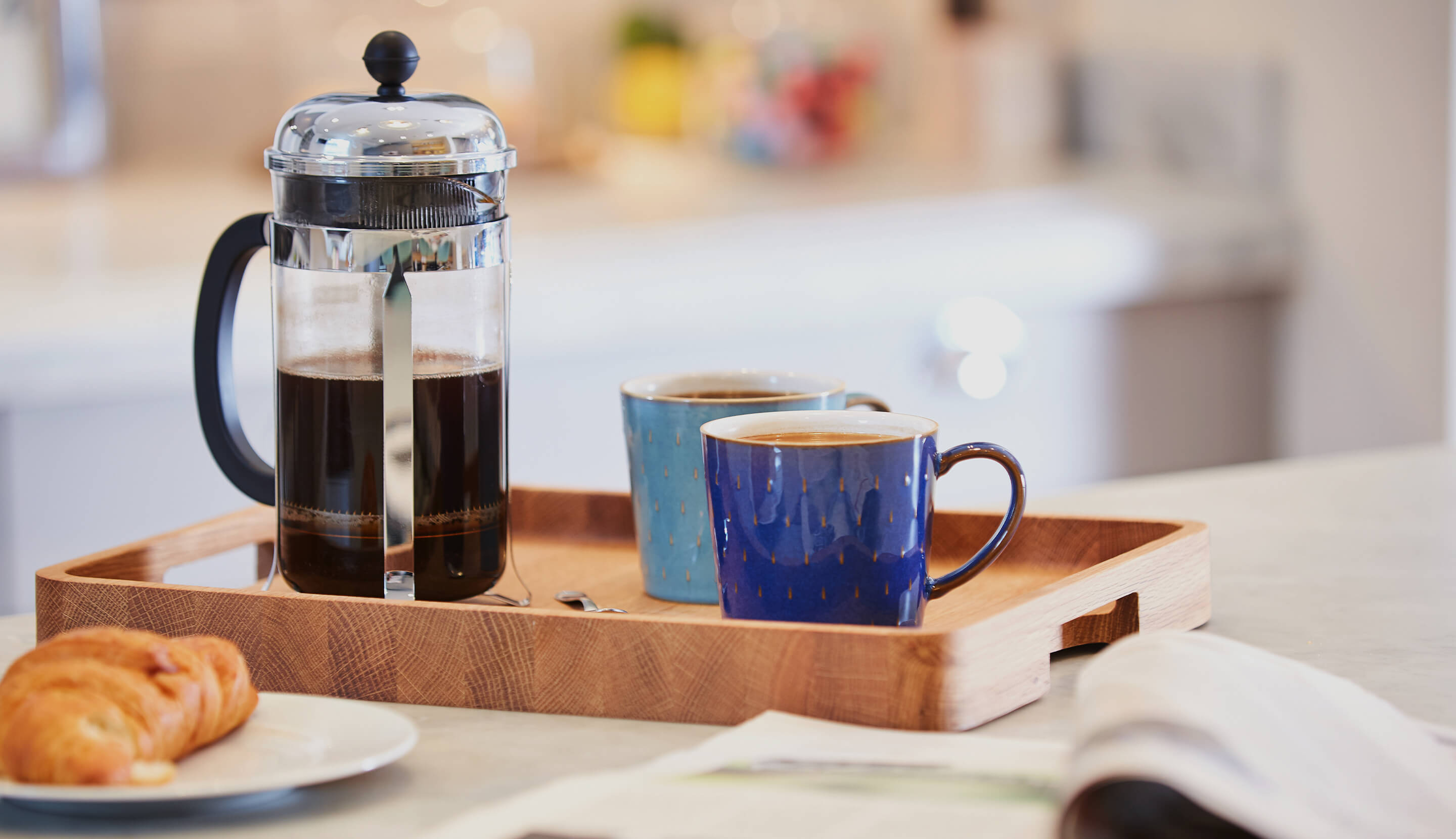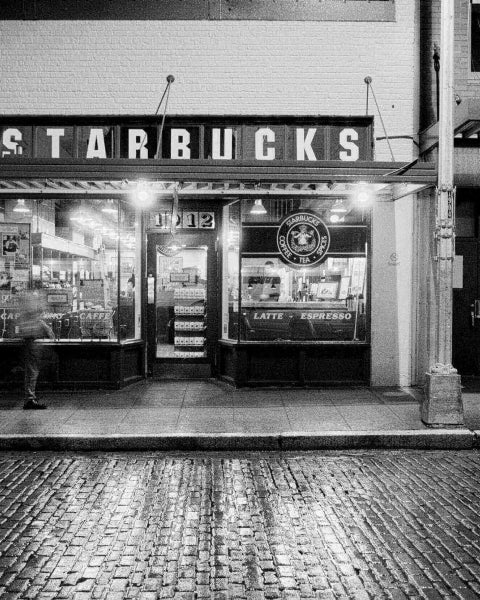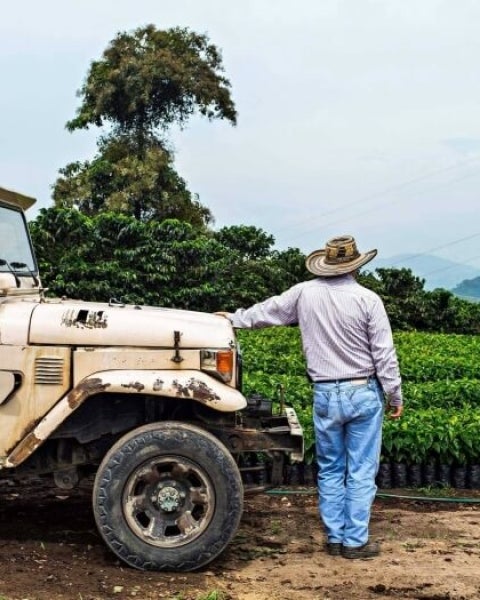So, when you’re tasting your coffee, what should you look out for? Focus on and describe these four qualities: aroma, acidity, body and flavour – one at a time. As you’ll discover, these characteristics form a complete taste “profile” of a coffee.
What does a flavour profile look like? Here’s an example, directly from Starbucks® master tasters: “Well-rounded with subtle notes of cocoa and toasted nuts balancing the smooth mouthfeel”. And here’s one more for good measure: “Earthy and layered with notes of fresh herbs and a lingering spice”.
With a little practice, you can start devising your own tasting characteristics, based on your personal, unique experiences of the coffees you taste. A good way to start is to read the flavour notes on a bag of Starbucks® coffee and try to locate those flavours as you taste the coffee
COFFEE ACIDITY
Acidity is the feeling on the sides and tip of your tongue. When tasting and describing coffee, acidity doesn’t refer to the pH content. It refers to the tangy sensation on your tongue.
Coffee drinkers are sometimes confused about why they like acidity in coffee. Acidity is a sensation you’ll likely find in some of your favourite high quality coffees.
When you think of acidity, think of how the coffee feels in your mouth. To help you understand acidity, think about how, like bananas and oatmeal, coffees with low acidity offer a rounded, smooth sensation on your tongue. And consider how, like oranges and lemons, high-acidity coffees offer a concentrated, lively sensation on your tongue.
COFFEE BODY
Body is the weight or thickness of the coffee on your tongue when you slurp it. It’s a characteristic you might not have considered before.
Here’s how to make more sense of the concept of body: like non-fat milk, light-bodied coffee is thin with very little texture or weight on the tongue. And, like whole milk, a full-bodied coffee has a heavy body – it’s creamy, thick and lingers on the tongue.
